
China Railway, the national railway operator, announced on Tuesday that high-speed sleeper trains running overnight between the Hong Kong Special Administrative Region and the cities of Beijing and Shanghai will operate soon to replace the through trains that have been suspended since the COVID-19 pandemic.
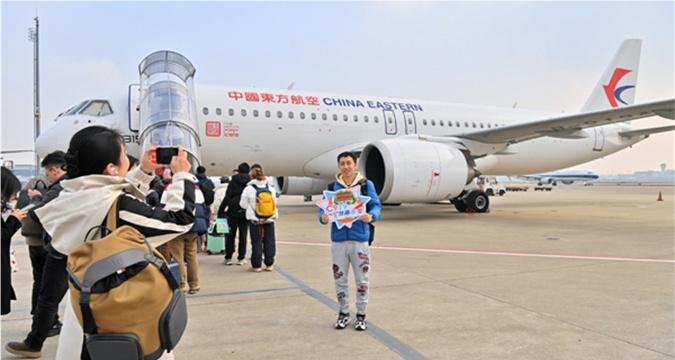
The third regular flight route conducted by China's first self-developed narrow-body aircraft C919 was launched on March 8 between Shanghai Hongqiao International Airport and Xi'an Xianyang International Airport in Shaanxi province.
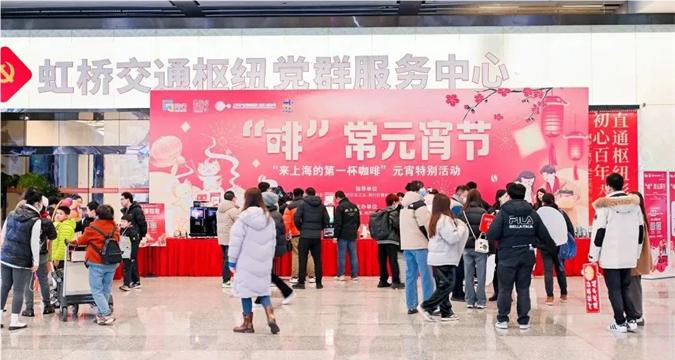
Stepping off the train at Hongqiao Railway Station, Mr. Zheng was immediately greeted by the welcoming scent of coffee.
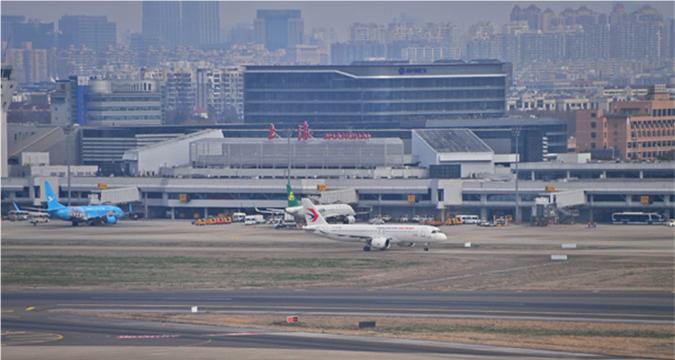
China's first self-developed narrow-body aircraft C919 has successfully wrapped up its first overseas debut on Feb 26, 2024.
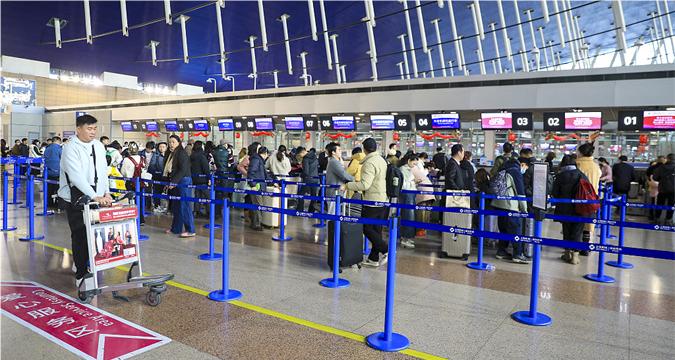
Shanghai's two airports have handled 4.38 million passenger trips along with 27,000 flight landings and takeoffs during the peak days of this year's Spring Festival, according to the Shanghai Airport Authority.
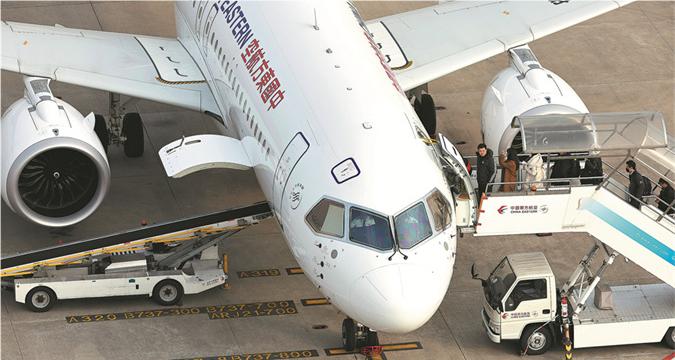
China will step up commercial operations and exports of the domestically developed and manufactured C919 aircraft this year, the industry regulator said.
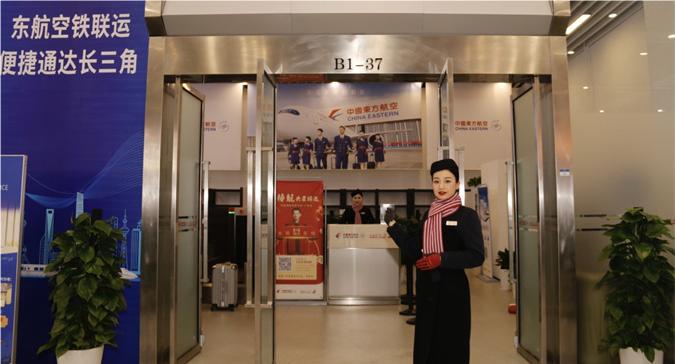
A rail-air transit service center was launched on Friday at the Shanghai Hongqiao Railway Station.
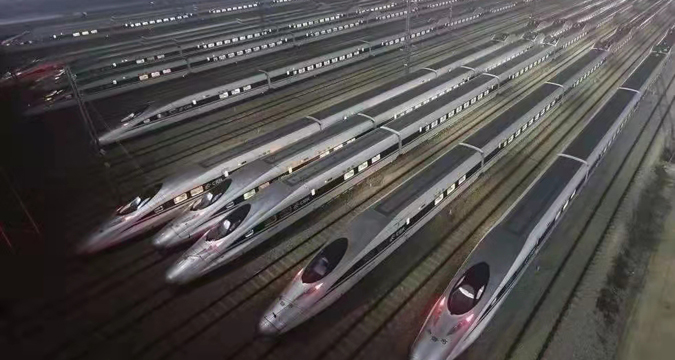
Passengers have been able to order railway tickets for the Spring Festival travel rush since Jan 12, and engineers are dedicated to improving the ticket booking system to provide a smooth ticket purchasing experience.